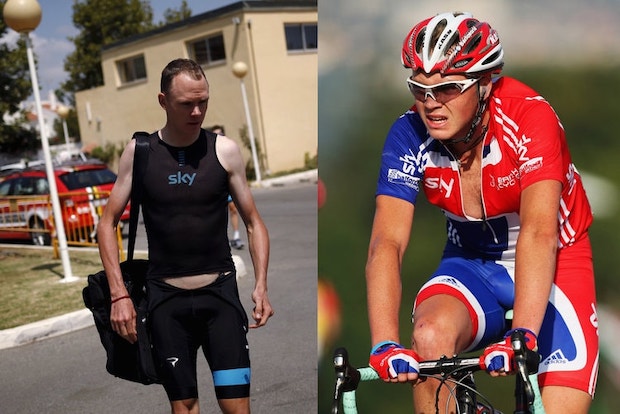As cyclists, we’re driven by the desire to ride our bikes. And whether that be for commuting, recreation, amateur racing or even as a means to an end for fitness gains or weight loss in itself, our weight has a significant impact on our overall performance.
We know the more weight you carry around with you, the harder it is to move your bike from point A to point B in a given time. Often, riders look at their bike and wonder what upgrades could help them shave weight, but actually, more often than not it’s the rider that can really make the difference.
“For serious riders, it’s all about the power-to-weight ratio,” sports dietitian Nigel Mitchell says. “This is important for climbs, especially in climbs that register six per cent or above. As a general rule, every kilo lost is worth a 6-7 watt saving of power output.”
At a high level then, or when a general cyclist has significant weight that can be lost without losing power, the savings this will result in are obvious. The problem, as Mitchell puts it, is that if you’re already ‘pretty serious’ about your cycling, it’s likely that you’re already going to be pretty lean.
“In general, if you’re already at a reasonably lean weight, yes you might be able to lose a few kilos – but you need to think about whether the work is worth the gains, or whether you’d be better off developing your power output.”
In fact, Mitchell says that greater mass in a rider can be very beneficial in certain circumstances – for example, a Classics rider or time triallist, who can use the extra weight to their benefit.
Here, power output takes on more importance than power-to-weight, and Mitchell explains that it’s also a specific type of muscle architecture in cyclists that results in performance.
“In a bike rider specifically, we’re talking about the amount of mitochondria in the muscles that creates aerobic power. Of course, the bigger the cross section the greater the sprint ability, but that doesn’t mean aerobic power will be improved,” he adds.
If you’re a rider who wants to lose a few extra kilos, it can be tempting to throw yourself into a weight loss regime and try to drop weight as quickly as possible. However, Gemma Sampson, a sports dietitian at Dietitian Without Borders, explains this isn’t a healthy way to do so and can be indicative of a disparity between what a cyclist wants to achieve and the term ‘losing weight’.
“Similarly, underfuelling and being too restrictive with what you eat on heavy training days in an attempt to lose weight can compromise your immune system and increase your chances of getting ill,” she warns. “Cutting back on carbs too much can reduce your glycogen stores, which if combined with inadequate fuelling during training can impair performance.”
Sampson says the most effective way to lose weight is to periodise nutrition – and particularly carbohydrate intake – across the day and the week in relation to training duration and intensity. “It’s not a case of going high carb or low carb but going ‘smart carb’,” she asserts.
“High intensity efforts and training sessions require high carbohydrate availability to get the most benefit, while endurance steady state sessions can be done with reduced carbohydrate to enhance fat burning. Getting the balance right can be tricky so I’d advise speaking with a sports dietitian to get specific advice relating to your goals and training.”














